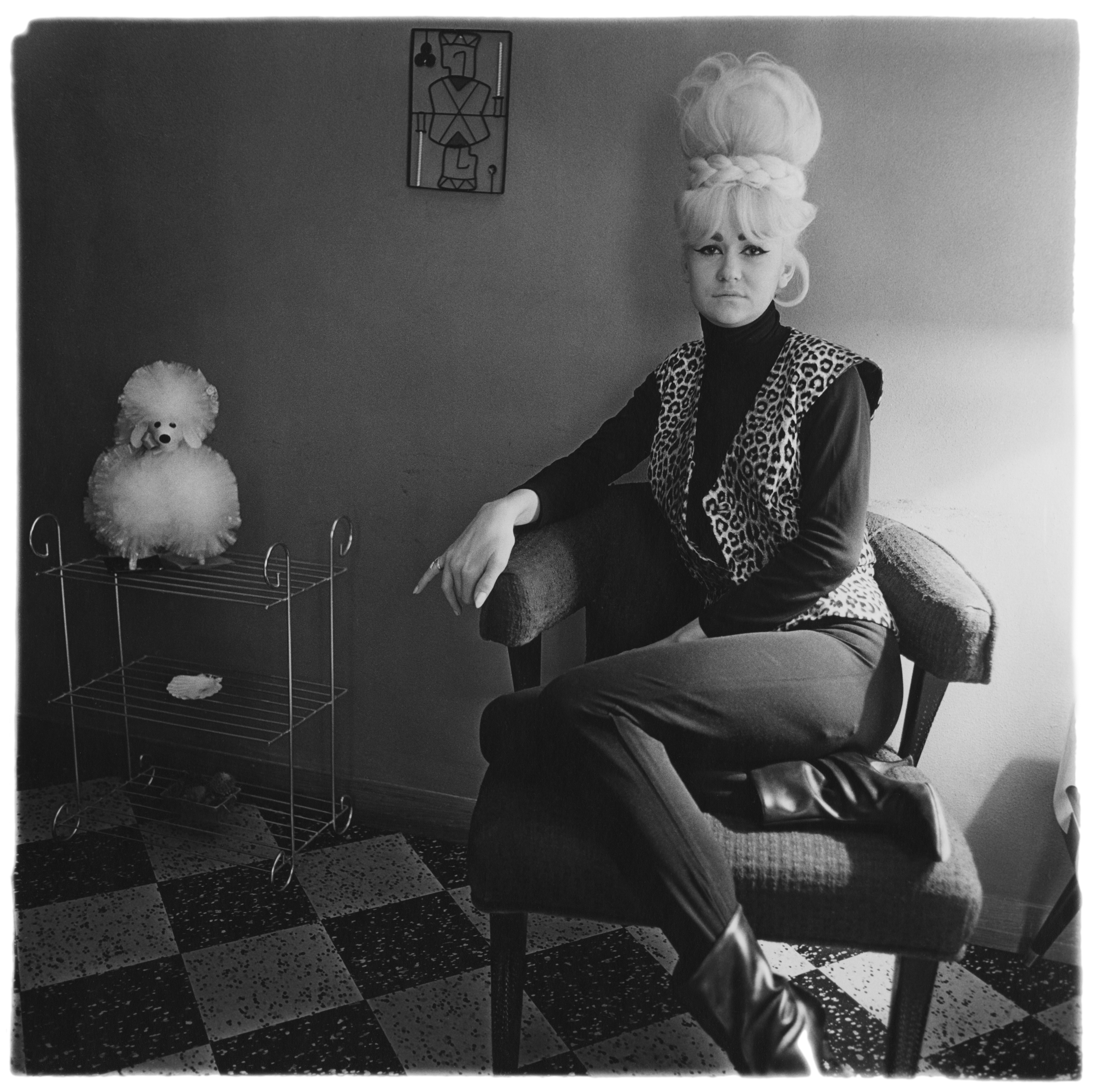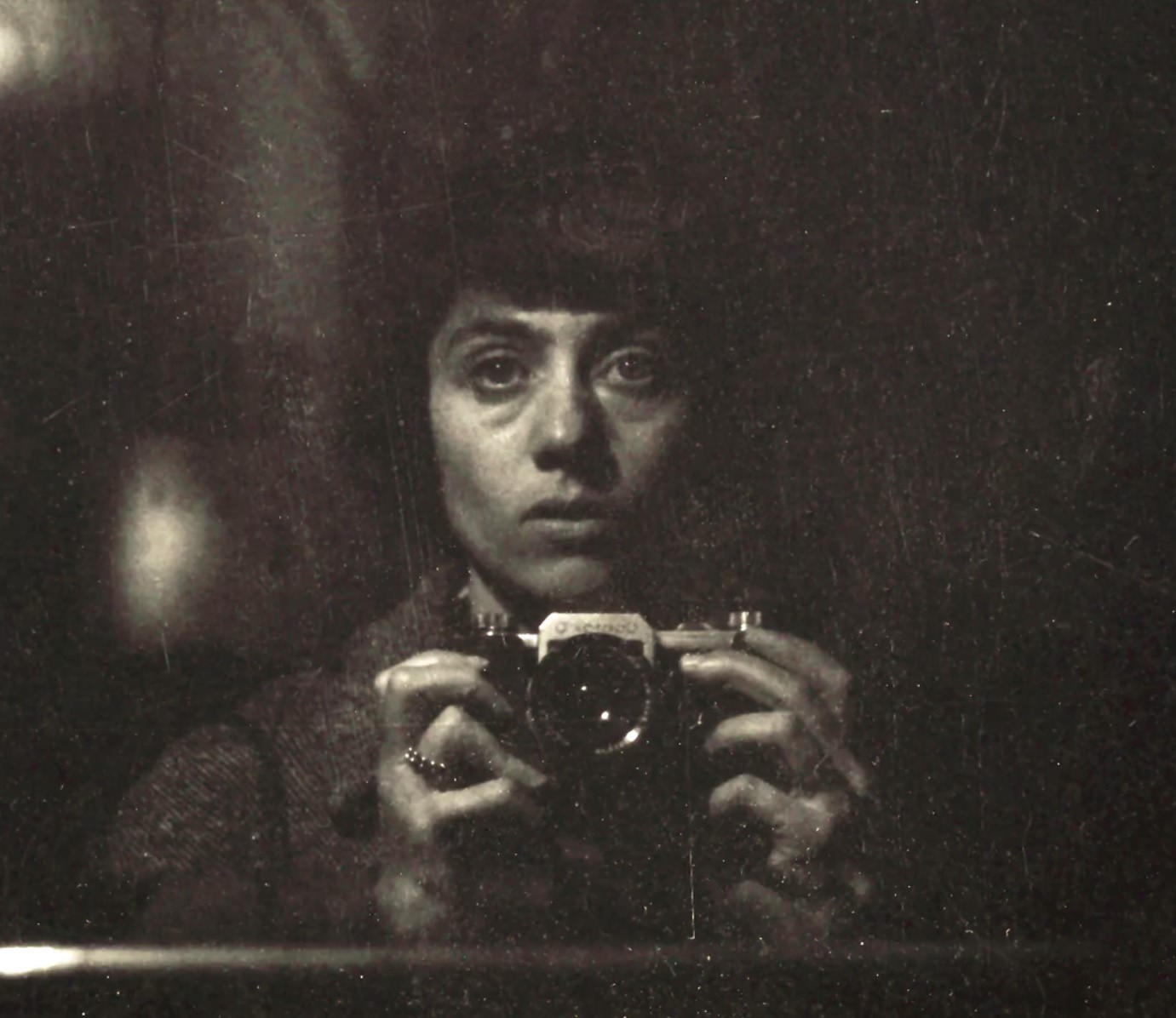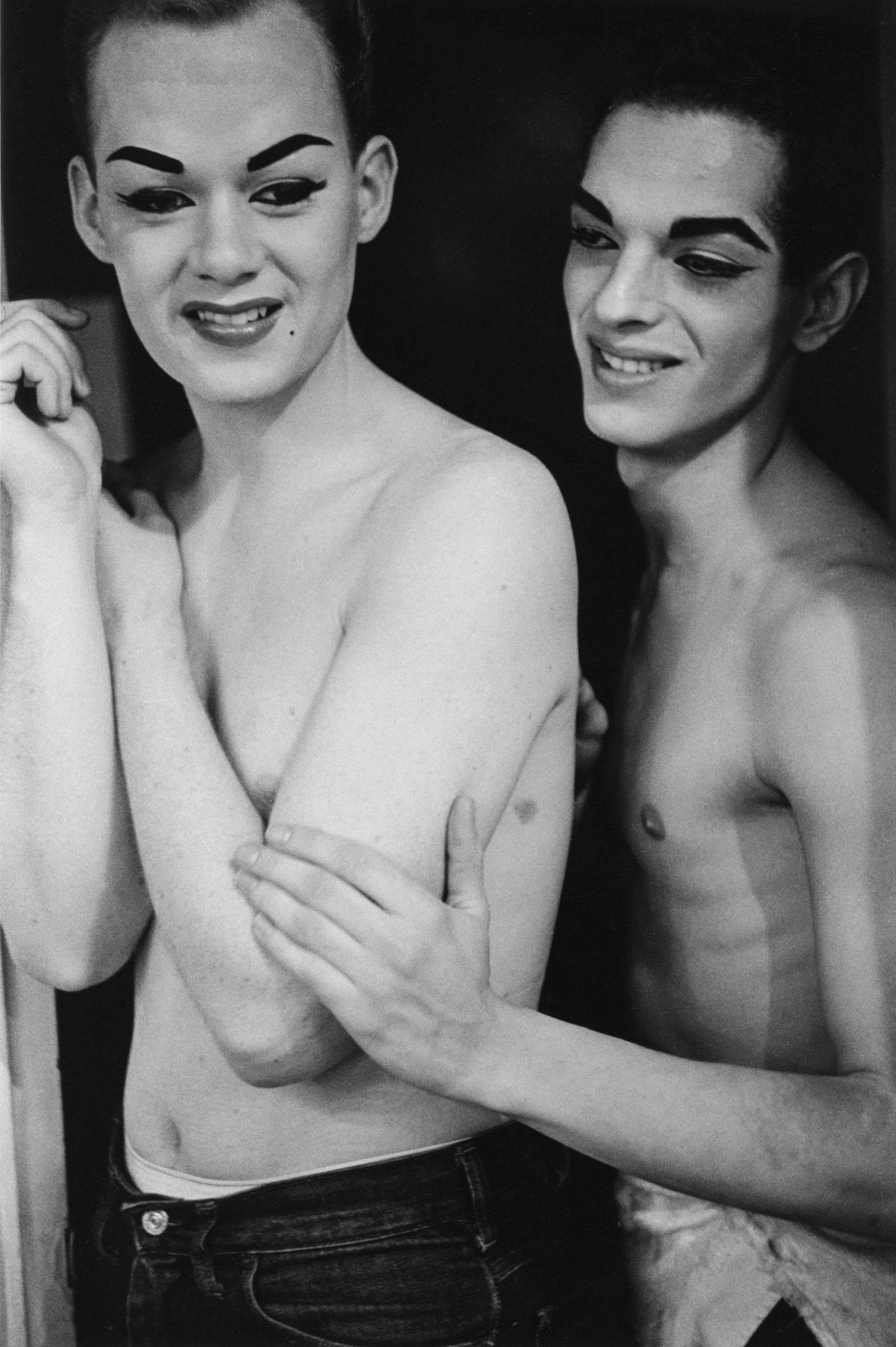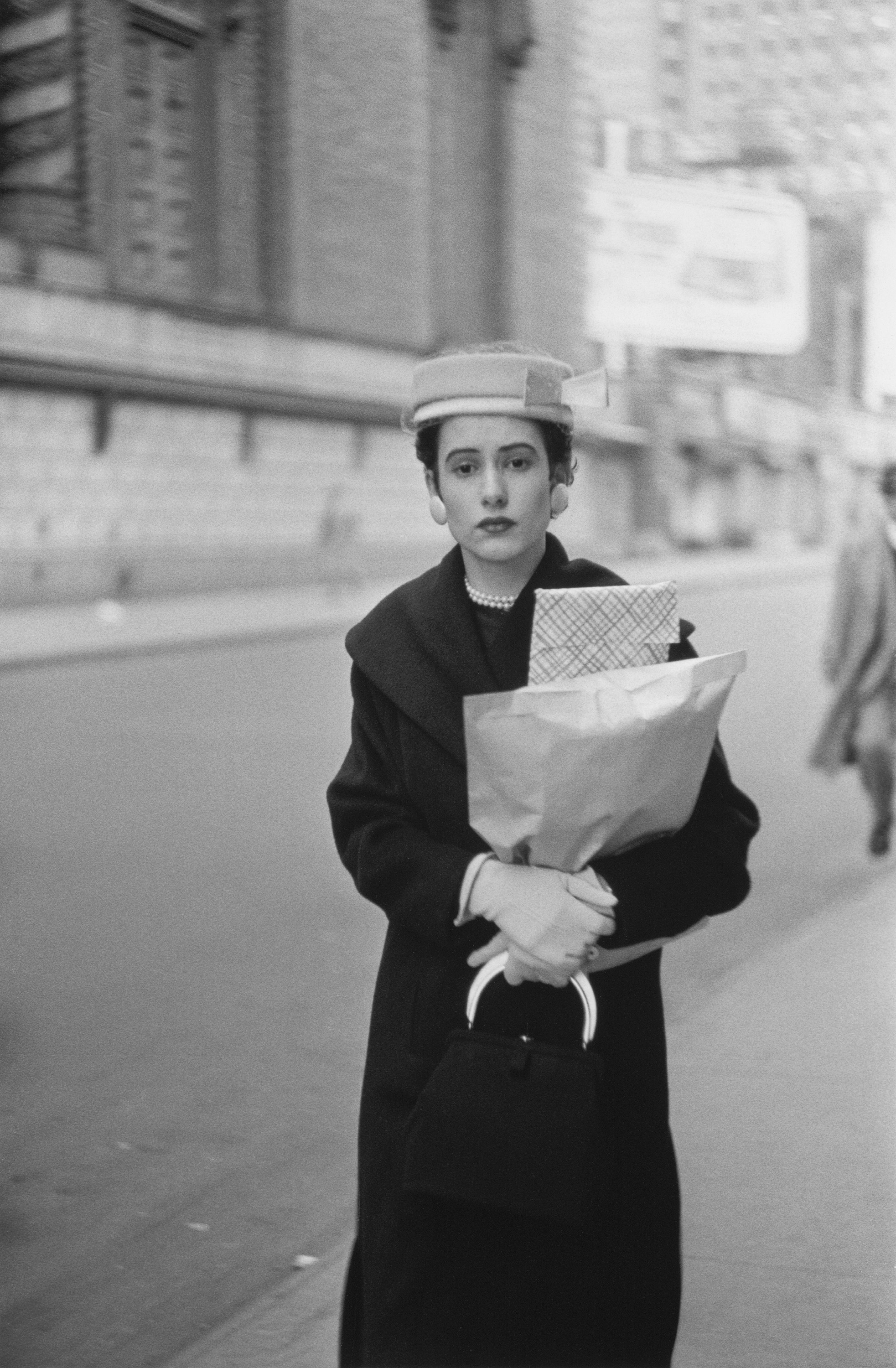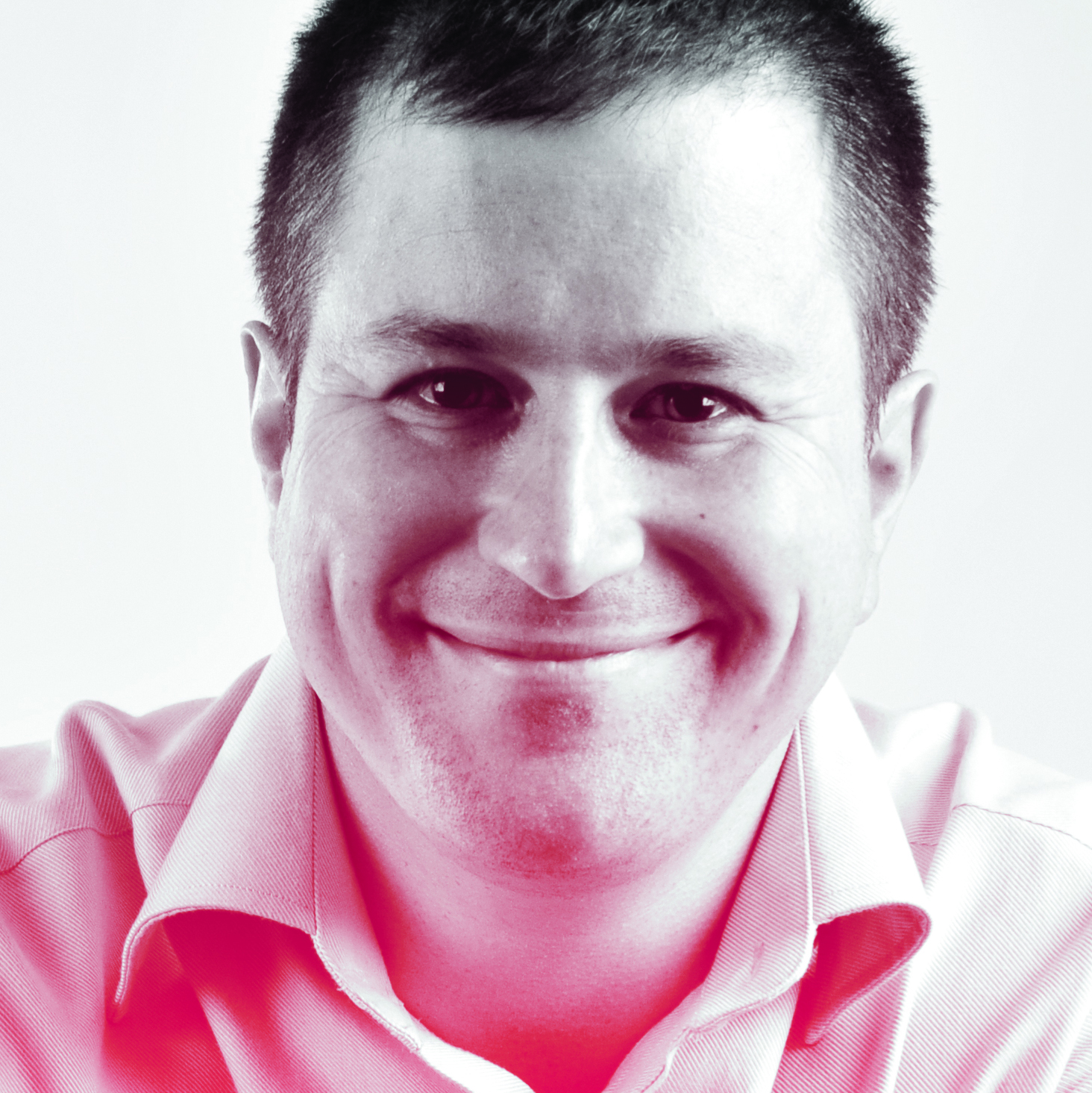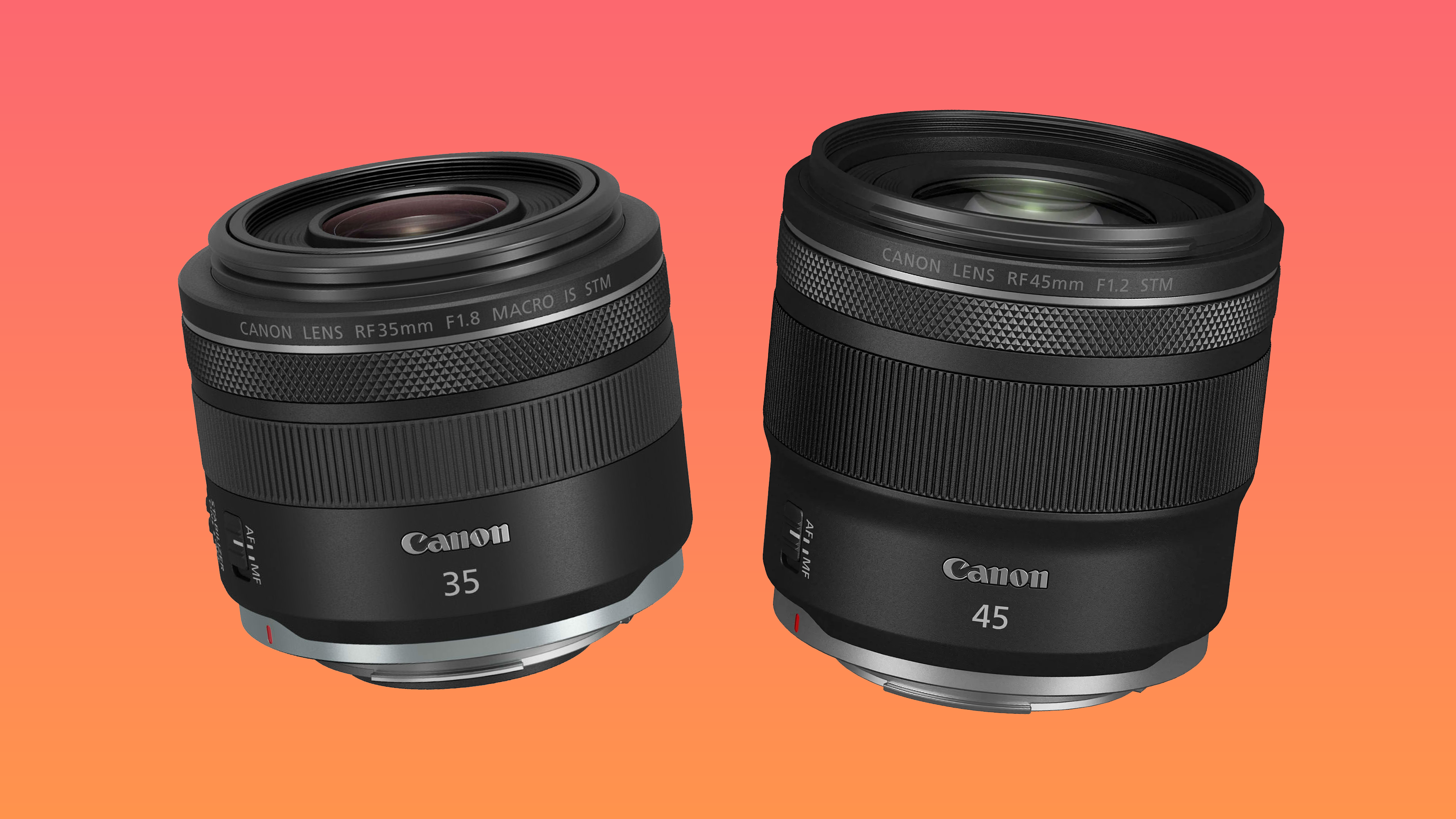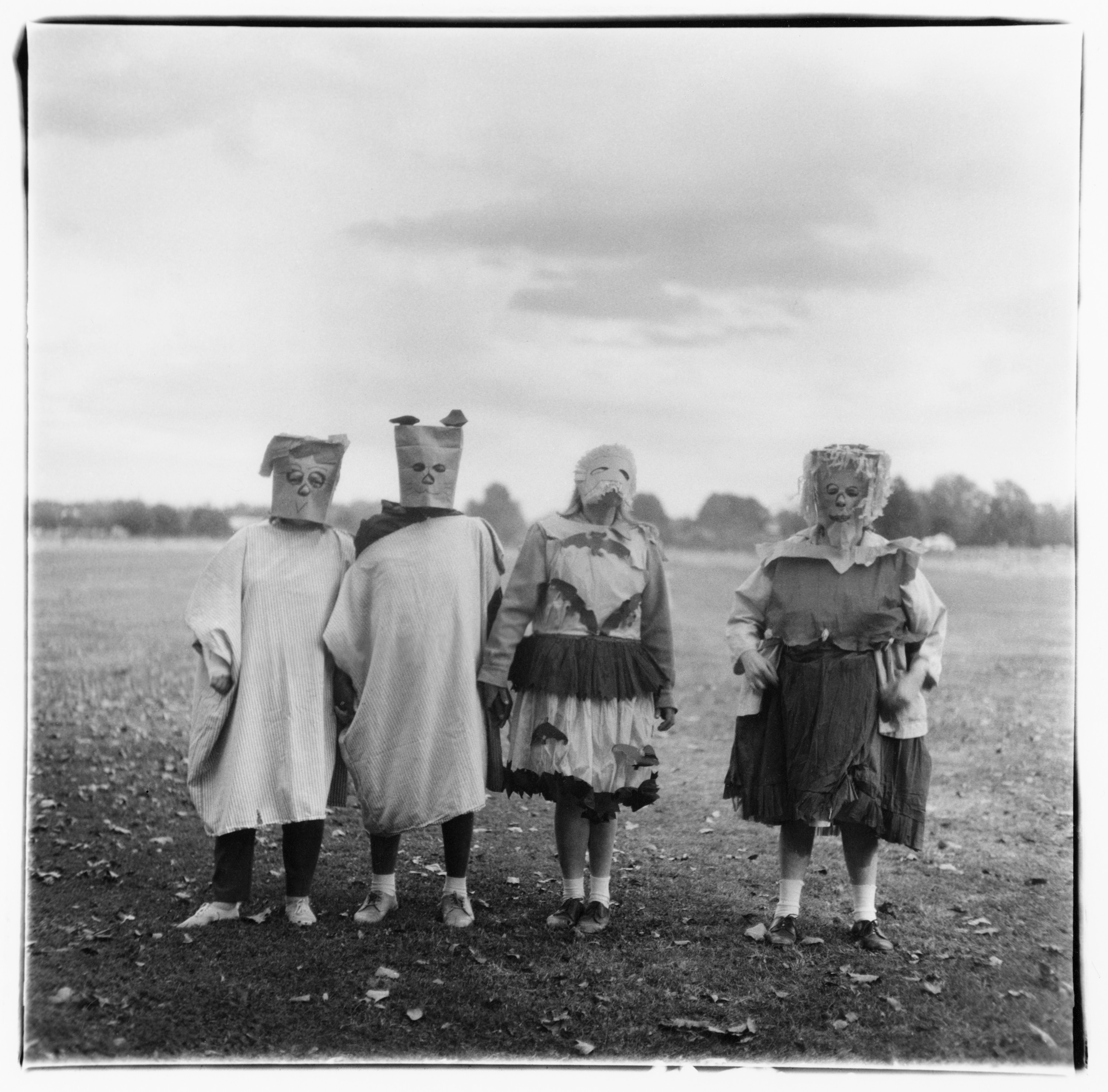
Right now, Berlin’s Gropius Bau is hosting the largest Diane Arbus exhibition ever held. Titled Diane Arbus: Konstellationen, it features 454 prints, many of them never displayed before, in a show that asks us to confront what it really means to look... and be looked at.
From children and circus performers to suburban families and drag queens, Arbus's portraits don’t just capture a subject; they hold a mirror up to anyone who meets her gaze.
But it must be said, her work has always divided opinion. These images can feel tender, cruel, voyeuristic, or intimate... sometimes all at once. And admirably, Konstellationen doesn’t smooth out those tensions. Instead, it invites you to move freely through a network of images, tracing echoes, contrasts, and unexpected connections across decades of work.
Camera as accomplice
Born in New York in 1923, Arbus trained under Berenice Abbott, Alexey Brodovitch and Lisette Model. After years of commercial work, she turned toward the personal, the awkward and the unguarded. In the early 1960s, she swapped her 35mm camera for a twin-lens Rolleiflex, using the waist-level viewfinder to keep eye contact with her subjects.
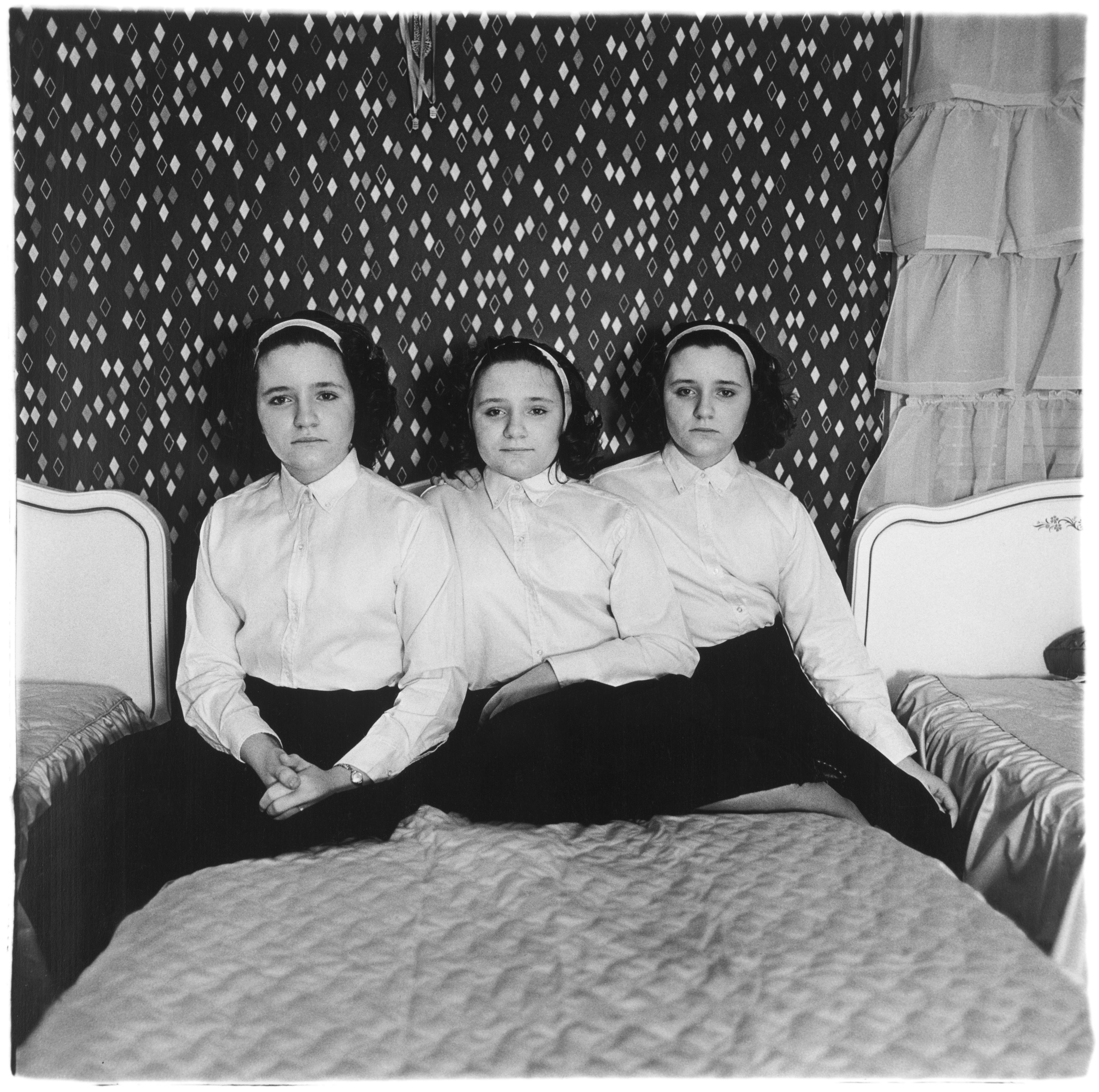
That small technical shift changed everything. By looking down at her camera rather than through it, she made her subjects feel seen rather than inspected. The resulting portraits—steady, frontal, often unsettling—show a strange equality between photographer and sitter. No glamour, no tricks, just presence.
For portrait photographers today, it’s a reminder of how much communication happens before the shutter clicks. Her power came not from the equipment she used but from the intensity she brought to each meeting.
Proof of something
“[Photographs] are the proof that something was there and no longer is,” Arbus once said. That sense of permanence runs through Konstellationen, which brings together every print made by Neil Selkirk, the only photographer authorized to print from her negatives after her death in 1971.
The best camera deals, reviews, product advice, and unmissable photography news, direct to your inbox!
All 454 of those Selkirk prints appear here for the first time as a complete set. For working photographers, that’s fascinating in itself: a study in tonal consistency, printing craft, and posthumous authorship.
Rather than grouping the images by date or subject, the curators—Matthieu Humery from LUMA Arles and Lisa Tietze from Gropius Bau—let them speak to one another. A child crying in New Jersey might echo a family outing in New York; a carnival performer might quietly mirror a society lady. Each photograph is part of a larger constellation of human expression.
The exhibition also includes A box of ten photographs (1969), the portfolio that confirmed Diane’s status as a major artist. It includes classics like Identical twins, Roselle, N.J., and Boy with a straw hat waiting to march in a pro-war parade, N.Y.C. Before she died, Diane made only eight known sets, selling four to figures such as Richard Avedon, Jasper Johns and Bea Feitler.
This small edition became a turning point, proving that photography could command the same respect as painting or sculpture. She was soon the first photographer to appear in Artforum and to be shown at the Venice Biennale—a milestone that changed how galleries and collectors viewed the medium.
For today’s photographers, A box of ten photographs still offers a masterclass in editing: how a handful of images, carefully chosen and sequenced, can define an artist's vision.
Why Berlin, why now?
Gropius Bau hosted Arbus’s first Berlin show back in 2012. Thirteen years later, Konstellationen returns to the same halls, following acclaimed runs at LUMA Arles and New York’s Park Avenue Armory. Berlin, a city that thrives on tension and reinvention, feels like the perfect home for her work.
To my mind, these images still challenge us to look, and to be looked at. They ask the same questions every photographer must face: What gives you the right to observe? And what happens when your subject meets your gaze head-on?
Those are questions no one can easily answer... but every great photograph depends on them.
Diane Arbus: Konstellationen takes place at Gropius Bau, Berlin from now until 18 January 2026. Tickets are €15 / €10 with concessions.
Tom May is a freelance writer and editor specializing in art, photography, design and travel. He has been editor of Professional Photography magazine, associate editor at Creative Bloq, and deputy editor at net magazine. He has also worked for a wide range of mainstream titles including The Sun, Radio Times, NME, T3, Heat, Company and Bella.
You must confirm your public display name before commenting
Please logout and then login again, you will then be prompted to enter your display name.
